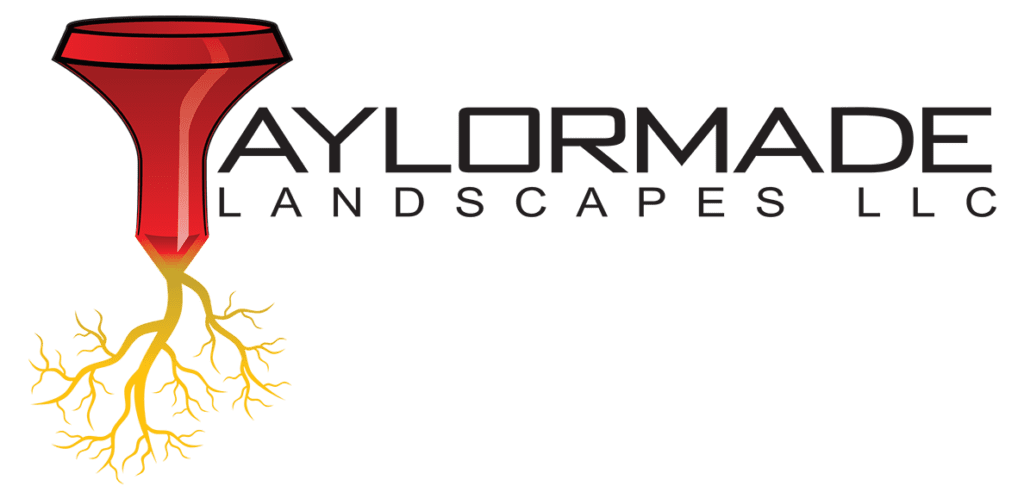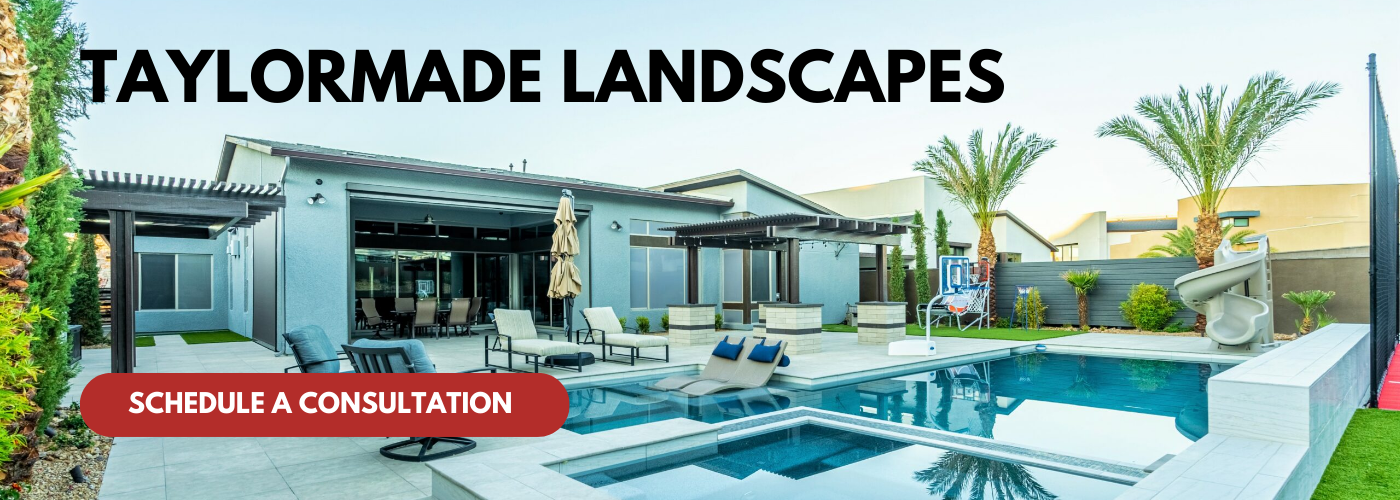As the world of landscaping continues to evolve, hardscaping—the use of non-plant materials in landscape architecture—has emerged as a pivotal aspect of outdoor design. With growing environmental awareness and a desire for outdoor spaces that prioritize both functionality and aesthetic appeal, the hardscape trends for 2025 reflect a harmonious blend of innovation, sustainability, and timeless design principles. From sustainable materials to multifunctional spaces, the hardscape trends of the coming years promise to reshape our outdoor environments, catering to the diverse needs of homeowners, urban planners, and landscape architects alike.
One of the central themes for 2025 is the increasing focus on sustainability. As climate change and resource management become pressing global issues, designers and homeowners are more inclined to adopt eco-friendly materials and practices in their hardscaping projects. Reclaimed materials, permeable pavers, and low-impact designs not only minimize environmental footprints but also create inviting spaces that harmonize with nature. Additionally, the rise of smart technology in hardscaping opens a new frontier for integrating practical features like lighting, irrigation, and temperature control, allowing for greater customization and efficiency in outdoor settings.
Moreover, the trend towards multifunctional outdoor spaces is gaining momentum. As urban living spaces continue to shrink, homeowners seek to maximize their outdoor areas by incorporating hardscape elements that serve multiple purposes. From outdoor kitchens and entertaining areas to serene meditation zones and children’s play spaces, the modern hardscape is designed to cater to various activities while providing a seamless flow between indoor and outdoor living. This shift towards versatility invites creativity in design, enabling homeowners to curate personalized landscapes that reflect their lifestyles and preferences.
In this article, we will explore the top hardscape trends for 2025, delving into the materials, designs, and innovative features that are set to define the future of outdoor spaces. By understanding these trends, homeowners and designers can make informed decisions that not only enhance the aesthetics of their landscapes but also contribute to a sustainable and functional outdoor environment. Whether you’re planning a small patio redesign or a large-scale landscape renovation, a keen awareness of these emerging trends will empower you to create an inspiring outdoor oasis that meets the needs of both today and tomorrow.
Sustainable Materials
Sustainable materials have emerged as a front-runner in the hardscape trends for 2025, fundamentally shifting how outdoor spaces are designed and constructed. As global awareness regarding environmental degradation increases, homeowners and designers alike are prioritizing the use of materials that are not only aesthetically pleasing but also ecologically responsible. This shift is driven by a growing concern for carbon footprints, as well as a desire to minimize waste and promote overall sustainability in landscaping practices.
In 2025, sustainable materials will encompass a range of options, from reclaimed wood and recycled concrete to permeable pavers and natural stones that are sourced ethically. These materials help reduce the overall environmental impact of construction while enhancing the beauty and functionality of outdoor spaces. Reclaimed wood, for instance, provides a rustic charm and can be used in various applications—such as decks, fences, and raised garden beds—while promoting the reuse of existing resources. Similarly, permeable pavers offer practical benefits, such as improving stormwater management and reducing runoff, which further contributes to sustainability in landscaping.
Another exciting trend in sustainable hardscaping is the integration of local materials. By sourcing materials that are native to the area, homeowners will not only support local economies but also create landscapes that blend harmoniously with their environment. This approach also minimizes transportation costs and energy expenditure associated with moving materials over long distances. Moreover, the use of locally sourced products often means lower greenhouse gas emissions, further supporting sustainable building practices.
As the demand for sustainable materials continues to grow, innovations in eco-friendly alternatives are also expected to rise. In 2025, we may see even more options in the form of bio-based materials, which offer the benefits of durability and aesthetic appeal while being biodegradable. Overall, the focus on sustainable materials in hardscaping not only reflects broader societal trends towards environmental responsibility but also enhances the functionality and aesthetics of outdoor living spaces, fostering a collective commitment to creating greener, more sustainable environments.
Outdoor Living Spaces
Outdoor living spaces have become increasingly popular as homeowners seek to extend their living areas beyond the confines of their homes. This trend reflects a growing desire to connect with nature while enjoying the comforts of home. In 2025, we can anticipate that outdoor living spaces will be designed with a blend of functionality, aesthetics, and sustainability, allowing people to create personalized environments for relaxation, socializing, and even working remotely. These spaces can include patios, decks, gardens, and outdoor kitchens, all crafted to cater to the diverse needs of modern lifestyles.
As we move into 2025, the emphasis on outdoor living spaces will be on creating versatile areas that feel like a seamless extension of a home. Features such as modular furniture that can be rearranged, weather-resistant materials, and eco-friendly designs will dominate the market. Fire pits, comfortable seating, and outdoor dining areas equipped with grills or kitchens will become staples, enabling people to entertain guests or enjoy family time outdoors. Furthermore, the influence of color and texture will play a crucial role in making these spaces inviting and aesthetically pleasing.
In tandem with these practical considerations, the design of outdoor living spaces will increasingly focus on integrating natural elements into the environment. This includes incorporating biophilic principles that emphasize natural materials, greenery, and even water features that promote tranquility and well-being. The 2025 landscape will likely see the rise of vertical gardens or green walls, and sustainable landscaping practices that encourage native plant use to support local ecosystems.
Overall, as more homeowners prioritize their outdoor living areas, we can expect a shift in how these spaces are perceived and utilized. They will be envisioned not just as leisure zones but as essential components of a holistic lifestyle, fostering wellness, sustainability, and a deeper connection to the outdoors. With an array of design options and trends emphasizing functionality, beauty, and ecological responsibility, outdoor living spaces will remain at the forefront of hardscape trends in the coming years.
Modern Minimalism
Modern minimalism in hardscape design continues to gain traction as homeowners and designers seek to create spaces that emphasize simplicity and functionality while maintaining a striking aesthetic. This trend draws upon the principles of minimalism, which advocate for the “less is more” philosophy. In hardscaping, this translates into clean lines, open spaces, and a focus on quality materials that serve both aesthetic and practical purposes. Think polished concrete pavers, smooth bluestone, and large-format tiles, which create a seamless look that is both sophisticated and understated.
One of the key aspects of modern minimalism is the emphasis on creating a sense of spaciousness and flow in outdoor areas. This often involves using fewer, but larger, elements rather than cluttering a space with countless smaller items. The design typically integrates extensive hard surfaces, such as patios and walkways, that facilitate movement and connection between different areas. Open spaces are complemented by strategic plantings that are not overpowering but instead serve as accents, guiding the eye without overwhelming the design with vegetation.
Moreover, modern minimalism is closely aligned with sustainability—a principle that is increasingly important in contemporary design. By focusing on high-quality, durable materials that require less maintenance, homeowners can reduce their environmental footprint. The use of native plants, which require less water and contribute to local ecosystems, alongside hardscaping choices that minimize runoff and erosion, enhances the sustainability aspect of these designs.
As we look toward 2025, the top hardscape trends will likely further embrace modern minimalism by incorporating integrated technology, such as smart lighting or irrigation systems that complement the streamlined aesthetic while enhancing functionality. Additionally, bolder contrasts and geometric shapes may emerge within these minimalist designs, offering opportunities for personalization without sacrificing simplicity. Ultimately, the turn toward modern minimalism reflects a broader cultural shift towards mindfulness and intentional living, where outdoor spaces are crafted to foster relaxation and connection with nature, all while maintaining an elegant, uncluttered environment.
Integrated Technology
Integrated technology in hardscaping continues to evolve, reflecting the growing demand for convenience and connectivity in outdoor environments. This trend encompasses various elements, including smart lighting, automated irrigation systems, and features that facilitate outdoor entertainment experiences. More homeowners are embracing technology that seamlessly blends into their outdoor spaces, making them not only more functional but also enhancing the overall aesthetic.
One of the most significant innovations in hardscaping is the incorporation of smart lighting systems that can be controlled via mobile apps. These systems allow homeowners to adjust brightness, color, and timing, providing enhanced security and creating inviting atmospheres for gatherings. Moreover, technology can play a crucial role in irrigation management with automated systems that help conserve water while ensuring that landscaping thrives. By leveraging sensors and weather data, these systems deliver water precisely when and where it’s needed, reducing waste and maintenance efforts.
In addition to functionality, technology in hardscaping also addresses aesthetics. High-tech outdoor entertainment systems, including weather-resistant speakers and integrated screens for movie nights, ensure that outdoor spaces are not only beautiful but also serve as entertainment hubs. As homeowners become more interested in enhancing their outdoor living areas, the integration of technology is expected to develop further, allowing for even greater personalization and sophistication in design.
Looking forward to 2025, the top hardscape trends will likely continue to focus on enhancing lifestyle through technology. Innovations in sustainable tech, such as solar-powered outdoor features and eco-friendly materials, will merge seamlessly with other trends like modern minimalism and biophilic design. With ever-evolving technology, hardscaping will become more intuitive and responsive to the needs of homeowners, making outdoor areas increasingly indispensable extensions of their living spaces. Overall, the integration of technology in hardscaping is poised to create more dynamic and engaging environments, meeting the expectations of homeowners seeking to enhance both usability and enjoyment in their outdoor areas.
Biophilic Design
Biophilic design is an approach to architecture and landscaping that seeks to connect individuals with nature. This concept has gained significant traction in recent years, and it is expected to continue to flourish as more people recognize the psychological and physical health benefits of natural environments. By incorporating elements of the natural world into hardscape designs, biophilic principles can create outdoor spaces that are not only aesthetically pleasing but also conducive to well-being. This method emphasizes the use of natural materials, organic shapes, vegetation, and water features, allowing for a seamless blend between built environments and their natural surroundings.
In 2025, the emphasis on biophilic design is likely to become more pronounced, influenced by an increasing awareness of environmental issues and a desire for sustainable living. Designers may use more native plant species and incorporate living walls or green roofs, which enhance biodiversity and support local ecosystems. These practices not only beautify spaces but also improve air quality and reduce heat buildup, making them an eco-conscious choice for modern landscaping. Additionally, water features such as ponds or streams will likely be incorporated more frequently, as they provide soothing auditory elements that foster tranquility and reduce stress in outdoor spaces.
Another crucial aspect of biophilic design is creating spaces that encourage social interaction and community engagement. By introducing communal gardens or flexible outdoor areas that can host events, designers will cater to the growing demand for connections and experiences within neighborhoods. This trend aligns with the philosophy of bringing people closer to nature while also enriching their social lives. Overall, biophilic design is set to play a pivotal role in hardscape trends in 2025, addressing both environmental sustainability and human well-being, ultimately fostering a more harmonious relationship between humanity and the natural world.




